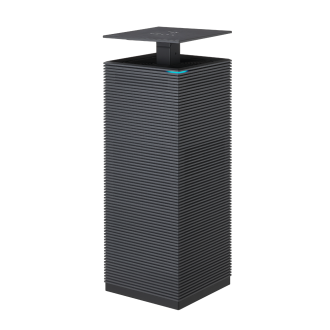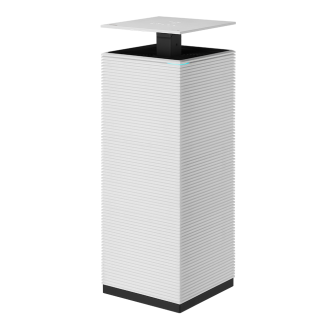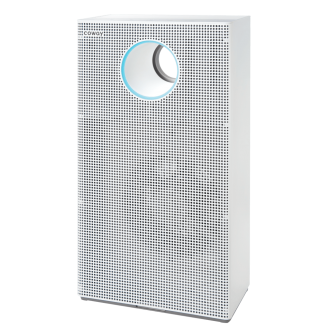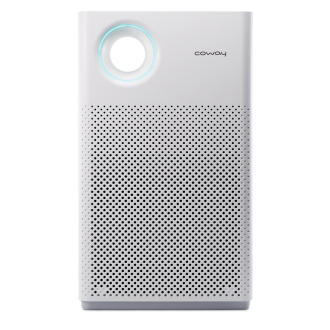When it comes to drinking water, it can be difficult to
understand all the contaminants that can be in water. One type of contaminant,
specifically, is harder to recognize because of its acronym name. Find out more
about this dangerous water contaminant below:
What are VOCs?
VOCs, or volatile organic compounds, are a category of
chemicals that are easily released into the air as gases and vapors. Many VOCs
are organically made, coming primarily from plants. However, the type of
chemicals emitted from plants and the concentration of these chemicals found in
the air make VOCs from plants generally harmless to humans. Man-made VOCs, on
the other hand, originate from household products, building materials, vehicles
and equipment usage, and industrial processes. These types of VOCs are often
harmful types of chemicals and are found in stronger concentrations indoors and
near humans. VOCs can be thought of as
fumes and exhaust, which is an easy way to identify some VOCs, although they are not always the same thing.
How do VOCs end up in drinking water?
VOCs enter drinking water through a variety of means. Ground
water and surface water, which supply public water supplies, can be
contaminated when man-made chemicals from industries or individual use leach
into the ground. Benzene, a chemical found in gasoline, can enter the water
supply through spills or leaks from underground fuel tanks. Many types of
chemicals from factories and processing plants can be improperly disposed of
and can wash into water supplies.
The disinfection process for drinking water can also
introduce new VOCs into the drinking supply. Chloroform is a common VOC found
in drinking water and is left as a byproduct of the chlorination process during
drinking water treatment.
Piping material is another way VOCs can enter drinking
water, especially in the case of plastic piping. Carbon tetrachloride,
methylene bromide, and toluene are among the most common VOC contaminants
identified with plastic piping. This can be a problem as plastic is often being
used to replace lead as piping material for drinking water.
How do VOCs affect my health?
The US Environmental Protection Agency (EPA) regulates the
contamination levels for over 20 types of VOCs in order to protect against the
long-term effects of VOC exposure in drinking water. These effects includecancer, organ damage, circulatory system disorders, nervous system disorders,and reproductive system disorders. Short-term exposure to VOCs can cause throat irritation, headaches, dizziness,
and allergic reactions.
How to remove VOCs from tap water?
Activated carbon filters and reverse osmosis (RO) filters
are effective at reducing VOCs from drinking water. One way to confirm that
your filters are filtering VOCs is by looking for NSF/ANSI certification. The
NSF/ANSI Standard 53 certification, which can be given to activated carbon
filters, tests for VOC reduction for drinking water, including most of the VOCs
regulated by the EPA. NSF/ANSI Standard 58 also tests for VOC reduction and is
used to test reverse osmosis systems specifically. Reverse osmosis filter
systems are almost always fitted with activated carbon filters as pre-filters
and/or post-filters. Therefore choosing a proper reverse osmosis water
filtration system can be the best way to ensure the highest removal of VOCs.
Coway water purifiers all include activated carbon filters
and a reverse osmosis filter, all of which are certified to NSF/ANSI 42, 53,
and 58.






















-800x350.jpg)



